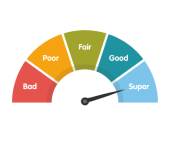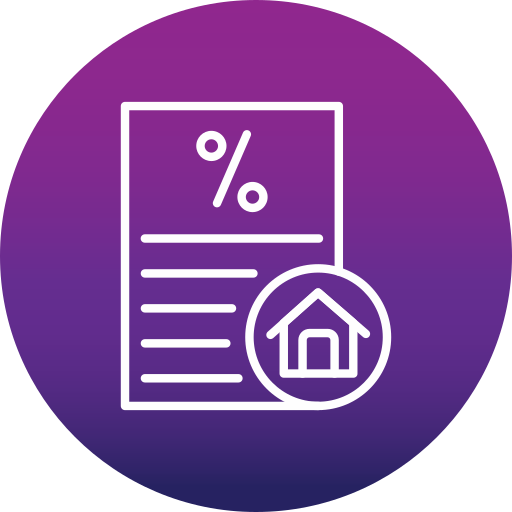Special Offers




Special Offers




03-Apr-2025 | Home Loan

Purchasing a home is a significant milestone, often necessitating a home loan to bridge the financial gap. A critical aspect of this commitment is understanding how much of your monthly income should be allocated towards Equated Monthly Installments (EMIs) to maintain financial stability. This article delves into the recommended income allocation for home loan EMIs in India, factors influencing this percentage, and strategies to manage your loan effectively.
Understanding EMI-to-Income Ratio
The EMI-to-Income Ratio represents the portion of your monthly income dedicated to servicing loan EMIs. Financial institutions use this metric to assess your repayment capacity and determine loan eligibility. A balanced ratio ensures that you can comfortably meet your EMI obligations without compromising other financial commitments.
Recommended Percentage Allocation
Financial experts typically advise that home loan EMIs should not exceed 40% of your net monthly income. This guideline helps maintain a healthy financial balance, allowing you to cover living expenses, savings, and other financial goals. For instance, if your net monthly income is ₹60,000, it's prudent to keep your EMI within ₹24,000. This recommendation aligns with industry standards, where lenders often cap EMIs at 40-50% of the borrower's income.
Factors Influencing EMI Allocation
Several factors can influence the ideal percentage of income allocated to EMIs:
1. Income Level: Higher income earners might afford a slightly higher EMI percentage due to greater disposable income. Conversely, individuals with lower incomes should be cautious, as allocating a large portion to EMIs can strain finances.
2. Existing Liabilities: Current debts, such as car loans or personal loans, reduce the portion of income available for additional EMIs. It's essential to consider all obligations to avoid over-leveraging.
3. Monthly Expenses: Regular expenses, including utilities, groceries, and education, impact how much income remains for EMI payments. A detailed budget helps in determining a comfortable EMI amount.
4. Financial Goals: Long-term objectives like retirement planning, children's education, or investments should be factored in to ensure EMIs don't hinder these goals.
Case Scenarios
· Case 1: An individual earning ₹50,000 monthly with minimal expenses and no existing loans might manage an EMI up to ₹20,000 (40% of income) comfortably.
· Case 2: Another person with the same income but higher monthly expenses and existing loan obligations should aim for a lower EMI to maintain financial stability.
Utilizing Home Loan Calculators
To accurately assess how much loan you can afford, leveraging online tools like home loan affordability calculators is beneficial. These calculators consider your income, expenses, existing liabilities, and desired loan tenure to provide an estimate of the loan amount you can comfortably repay.
Strategies for Managing Home Loan EMIs
1. Opt for Longer Tenure: Extending the loan tenure can reduce the monthly EMI amount, making it more manageable. However, this may increase the total interest paid over the loan's duration.
2. Increase Down Payment: A higher down payment reduces the loan principal, leading to lower EMIs and interest costs.
3. Prepayment Options: Utilize bonuses or windfalls to make partial prepayments towards the loan principal, which can reduce both the tenure and total interest payable.
Conclusion
Determining the appropriate percentage of your salary to allocate for home loan EMIs is crucial for maintaining financial health. While the general recommendation is to keep EMIs within 40% of your net monthly income, individual circumstances may necessitate adjustments. Assess your financial situation thoroughly, consider all influencing factors, and use available tools to make informed decisions. By doing so, you can ensure that your journey towards homeownership is both successful and sustainable.